MARKET OVERVIEW
The Global Fluorescence Microscopy market stands as a vibrant cornerstone within the broader landscape of microscopy technologies. This industry encompasses a dynamic array of instruments, consumables, and software tailored towards illuminating the intricate world of biological specimens with unparalleled precision and clarity.
The fluorescence microscopy market revolves around the utilization of fluorophores – molecules capable of absorbing light at one wavelength and emitting it at another – to visualize specific targets within biological samples. This technique has revolutionized biological research by enabling scientists to delve deep into the cellular and molecular realms with unprecedented detail.
Within this industry, a myriad of players ranging from established corporations to innovative startups vie for market share, driving continuous advancements in technology and application. Companies invest heavily in research and development to enhance the performance of fluorescence microscopes, expand their product portfolios, and cater to the diverse needs of researchers across various disciplines.
Moreover, the fluorescence microscopy market is not confined solely to academic and research institutions; it also serves as a critical tool in clinical diagnostics, drug discovery, and biotechnology industries. Pharmaceutical companies leverage fluorescence microscopy to elucidate disease mechanisms, screen potential drug candidates, and monitor cellular responses to therapeutic interventions.
In recent years, technological breakthroughs such as super-resolution microscopy and multiphoton imaging have pushed the boundaries of fluorescence microscopy, enabling researchers to visualize cellular structures and processes with unprecedented resolution and depth. These advancements have spurred further adoption of fluorescence microscopy across diverse fields, propelling the market to new heights.
Despite its remarkable progress, the fluorescence microscopy market faces its share of challenges. Cost constraints, complexity of instrumentation, and limitations in sample preparation and labeling techniques pose hurdles to widespread adoption. Additionally, the emergence of alternative imaging modalities such as label-free microscopy and artificial intelligence-driven analysis presents both opportunities and threats to traditional fluorescence microscopy approaches.
Looking ahead, the future of the Global Fluorescence Microscopy market appears promising yet riddled with uncertainties. Continued innovation, driven by collaboration between industry and academia, holds the key to unlocking new possibilities in biological imaging. As technologies evolve and applications expand, fluorescence microscopy will undoubtedly remain a cornerstone of modern scientific inquiry, illuminating the microscopic wonders of life with unparalleled clarity and insight.
Global Fluorescence Microscopy market is estimated to reach $1111.2 Million by 2031; growing at a CAGR of 9.0% from 2024 to 2031.
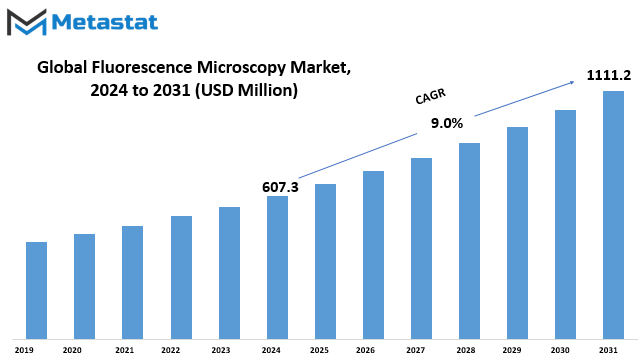
GROWTH FACTORS
The Global Fluorescence Microscopy market is influenced by several factors that shape its growth trajectory. One key driver is the continuous advancements in fluorescent dyes and probes. These innovations enhance the capabilities of fluorescence microscopy, allowing for more precise and sensitive imaging. As a result, researchers and scientists can explore biological structures and processes with greater clarity and depth, driving the demand for fluorescence microscopy systems.
Another significant driver is the increasing demand in life sciences and medical research. Fluorescence microscopy plays a crucial role in various fields such as cell biology, neuroscience, and molecular biology. Its ability to visualize specific molecules and cellular structures enables researchers to study diseases, develop new therapies, and advance our understanding of complex biological mechanisms. This growing demand for fluorescence microscopy solutions is fuelled by the expanding scope of research activities worldwide.
Despite the promising prospects, the market faces certain restraints that hinder its full potential. One such challenge is the high cost of equipment associated with fluorescence microscopy systems. These systems often require sophisticated technology and precision optics, leading to substantial investment in research institutions and laboratories. Additionally, the complexity of image analysis poses another restraint. Processing and interpreting fluorescence microscopy images require specialized expertise and software tools, adding to the overall complexity and cost of adopting this technology.
Nevertheless, there are opportunities for growth within the Global Fluorescence Microscopy market. One notable opportunity is the expansion into High-Throughput Screening (HTS). HTS involves the rapid testing of many compounds or samples, typically used in drug discovery and development. Fluorescence microscopy can play a vital role in HTS by enabling high-speed imaging and analysis of cellular processes and molecular interactions. This application opens new avenues for fluorescence microscopy vendors to cater to the needs of the pharmaceutical and biotechnology industries, driving innovation and market expansion.
The Global Fluorescence Microscopy market is driven by advancements in technology and the growing demand in research and medical fields. However, challenges such as high equipment costs and image analysis complexity exist. Nonetheless, opportunities like expansion into HTS present prospects for market growth and innovation. Overall, the future of fluorescence microscopy remains promising as it continues to revolutionize scientific discoveries and medical diagnostics.
MARKET SEGMENTATION
By Type
The Global Fluorescence Microscopy market is divided into different types, which include Upright Fluorescence Microscopy and Inverted Fluorescence Microscopy. These two types play crucial roles in various scientific and medical applications, offering researchers distinct perspectives and functionalities.
Upright Fluorescence Microscopy is a type of fluorescence microscopy where the light source and objectives are positioned above the specimen. This configuration allows for the examination of thick specimens or samples in petri dishes or slides. It is commonly used in biological research, such as observing cellular structures and studying the distribution of proteins within cells. Upright microscopes are also favored for fluorescence imaging in live specimens, as they provide easier access for manipulating samples during observation.
However, Inverted Fluorescence Microscopy involves positioning the light source and objectives below the specimen, with the light passing through the sample from below. This setup is particularly useful for observing specimens cultured in dishes or multi-well plates, as it allows for imaging of cells growing at the bottom of the container. Inverted microscopes are widely employed in cell biology and tissue culture studies, where researchers need to monitor cells over time in a controlled environment. They are also preferred for applications requiring high-resolution imaging of living cells, such as fluorescence recovery after photobleaching (FRAP) experiments.
Each type of fluorescence microscopy offers unique advantages and is chosen based on the specific requirements of the experiment or study. Upright microscopes are suitable for examining thick specimens and provide easy access for sample manipulation, making them ideal for certain biological research applications. In contrast, inverted microscopes are better suited for imaging cells cultured in dishes or plates and offer superior imaging capabilities for live cell studies.
Moreover, advancements in technology have led to specialized variants of upright and inverted fluorescence microscopes. These include confocal fluorescence microscopy, which allows for optical sectioning of specimens to obtain clearer images of thick samples, and multiphoton fluorescence microscopy, which enables deeper imaging into tissues with reduced photobleaching and phototoxicity.
The Global Fluorescence Microscopy market encompasses various types of microscopes, including Upright Fluorescence Microscopy and Inverted Fluorescence Microscopy. Each type serves distinct purposes in scientific and medical research, providing researchers with valuable tools for studying biological specimens and live cells. Understanding the differences and capabilities of these microscopy techniques is essential for choosing the most suitable instrument for a particular application.
By Application
The global fluorescence microscopy market is segmented by application into biology, medical science, material science, and others. Fluorescence microscopy is a powerful tool used in various fields for studying the behavior and structure of biological specimens, medical samples, materials, and other substances.
In biology, fluorescence microscopy plays a crucial role in observing cellular structures, organelles, and molecular interactions. It allows researchers to visualize and study processes such as cell division, protein localization, and gene expression. By using fluorescent dyes and markers, scientists can label specific molecules or structures within cells, enabling detailed examination under the microscope.
Medical science also benefits greatly from fluorescence microscopy, particularly in areas like pathology, immunology, and microbiology. By labeling antibodies, viruses, or other disease-related molecules with fluorescent tags, clinicians and researchers can detect and identify pathogens, study immune responses, and diagnose diseases more accurately. Fluorescence microscopy techniques are widely used in medical research, diagnostics, and drug development.
In material science, fluorescence microscopy provides valuable insights into the properties and characteristics of various materials, including polymers, nanoparticles, and thin films. By labeling specific components or defects with fluorescent probes, researchers can investigate the structure, composition, and behavior of materials at the microscopic level. This information is essential for developing new materials with improved properties and understanding their applications in fields such as electronics, optics, and nanotechnology.
Beyond these main applications, fluorescence microscopy finds use in a diverse range of other fields. For example, in environmental science, researchers can use fluorescent tracers to track pollutants and study ecological processes. In forensic science, fluorescence microscopy helps analyze trace evidence such as fibers, hairs, and biological fluids. In neuroscience, it enables the study of neuronal networks and synaptic connections in the brain.
Overall, the fluorescence microscopy market is driven by the demand for advanced imaging techniques across various scientific disciplines. Technological advancements, such as the development of super-resolution microscopy and multiplexing techniques, continue to expand the capabilities of fluorescence microscopy and open up new avenues for research and discovery.
Fluorescence microscopy is a versatile and indispensable tool for scientists and researchers across different fields. Its applications in biology, medical science, material science, and other areas continue to grow, driven by the need for high-resolution imaging and detailed analysis of biological and non-biological samples. As technology advances and new applications emerge, the fluorescence microscopy market is expected to witness further growth and innovation in the years to come.
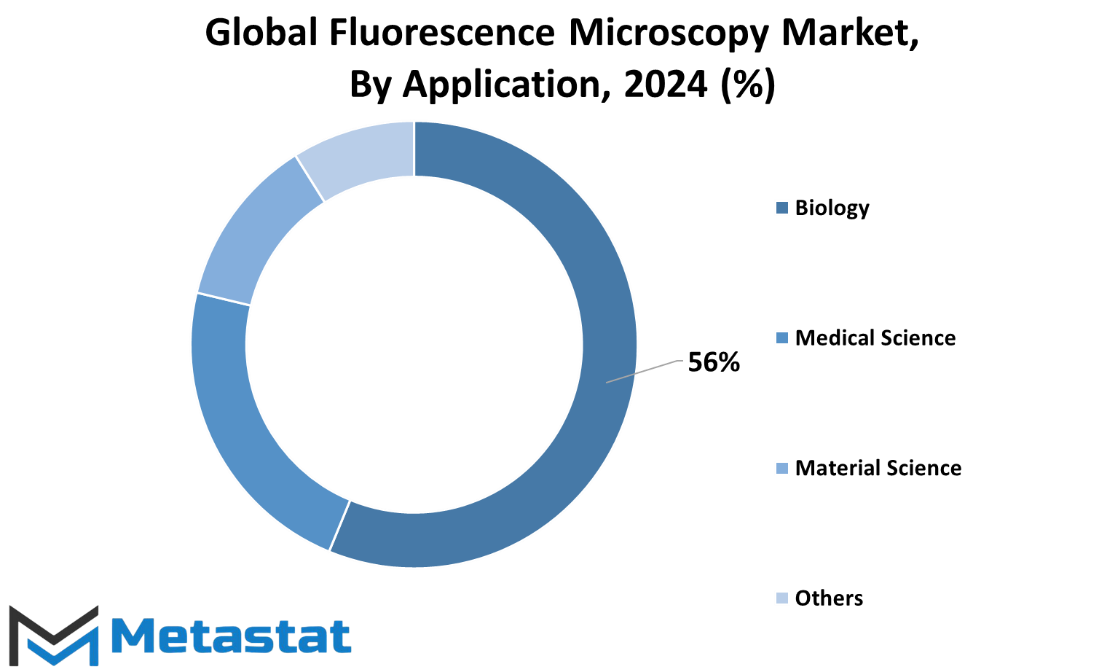
REGIONAL ANALYSIS
The global Fluorescence Microscopy market is categorized by geography into North America, Europe, Asia-Pacific, and South America. This division allows for a clearer understanding of how the market operates and performs across different regions worldwide.
In North America, the Fluorescence Microscopy market holds a significant presence, driven by factors such as advanced research facilities, technological advancements, and a high level of healthcare infrastructure. Countries like the United States and Canada are key contributors to the market's growth in this region. Moreover, collaborations between academic institutions and biotechnology companies further stimulate market growth by fostering innovation and the development of new technologies.
In Europe, the Fluorescence Microscopy market also exhibits robust growth, propelled by similar factors as North America. Countries like Germany, the United Kingdom, and France are prominent players in this market due to their strong focus on research and development in the life sciences sector. Additionally, government initiatives aimed at promoting scientific research and enhancing healthcare services contribute to market expansion in this region.
The Asia-Pacific region is emerging as a significant player in the global Fluorescence Microscopy market, with countries like China, Japan, and India leading the way. Factors driving market growth in this region include increasing investments in healthcare infrastructure, rising awareness about advanced diagnostic techniques, and a growing emphasis on biomedical research. Furthermore, the presence of a large patient population and rising disposable incomes fuel the demand for advanced microscopy technologies in the Asia-Pacific region.
South America also contributes to the global Fluorescence Microscopy market, though less so than other regions. Countries like Brazil and Argentina are key markets in South America, driven by increasing government expenditure on healthcare and growing research activities in the life sciences sector. Despite facing challenges such as economic instability and healthcare infrastructure limitations, South America offers untapped opportunities for market players to expand their presence and tap into the region's growing demand for advanced microscopy solutions.
Overall, the division of the global Fluorescence Microscopy market into different geographical regions provides valuable insights into regional dynamics, market trends, and growth opportunities. Each region presents unique challenges and opportunities for market players, and understanding these dynamics is essential for formulating effective strategies and maximizing market potential. As the market continues to evolve, geographical segmentation will remain a crucial aspect of analyzing and forecasting market trends in the Fluorescence Microscopy industry.
COMPETITIVE PLAYERS
The global market for fluorescence microscopy is home to several key players, each contributing to the advancements and innovations within the industry. Among these players are Evident Life Science and Nikon Corporation.
Evident Life Science stands out as a prominent player in the fluorescence microscopy market. With its focus on developing cutting-edge technologies and solutions, the company has made significant strides in advancing fluorescence microscopy techniques. Evident Life Science's commitment to research and development has led to the creation of high-quality microscopy products that meet the evolving needs of researchers and scientists worldwide. By offering innovative solutions, Evident Life Science has established itself as a leader in the field, driving progress and pushing the boundaries of fluorescence microscopy.
Another notable player in the industry is Nikon Corporation. Renowned for its expertise in imaging and optical technologies, Nikon Corporation has made significant contributions to the field of fluorescence microscopy. Leveraging its extensive experience and resources, the company has developed a wide range of advanced microscopy systems tailored to meet the diverse needs of users. Nikon Corporation's dedication to excellence and innovation has earned it a strong reputation within the scientific community, making it a trusted choice for fluorescence microscopy solutions.
Both Evident Life Science and Nikon Corporation play a crucial role in shaping the competitive landscape of the fluorescence microscopy market. Their commitment to innovation, quality, and customer satisfaction drives advancements in technology and drives the industry forward. As competition intensifies and market dynamics evolve, these key players continue to adapt and innovate, ensuring their continued relevance and success in the global fluorescence microscopy market.
Fluorescence Microscopy Market Key Segments:
By Type
- Upright Fluorescence Microscopy
- Inverted Fluorescence Microscopy
By Application
- Biology
- Medical Science
- Material Science
- Others
Key Global Fluorescence Microscopy Industry Players
- Evident Life Science
- Nikon Corporation Healthcare Business Unit
- Zeiss Group
- Leica Microsystems
- Motic Microscopes
- PicoQuant
- Bruker Corporation
- Molecular Devices, LLC.
- Thermo Fisher Scientific Inc.
- Sunny Optical Technology (Group) Company Limited
- TissueGnostics GmbH
- Sartorius AG
WHAT REPORT PROVIDES
- Full in-depth analysis of the parent Industry
- Important changes in market and its dynamics
- Segmentation details of the market
- Former, on-going, and projected market analysis in terms of volume and value
- Assessment of niche industry developments
- Market share analysis
- Key strategies of major players
- Emerging segments and regional growth potential



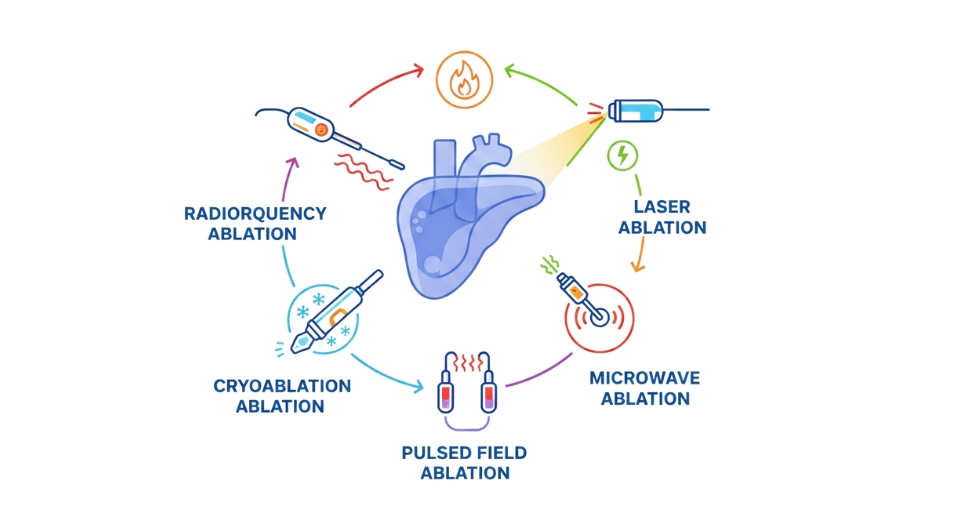

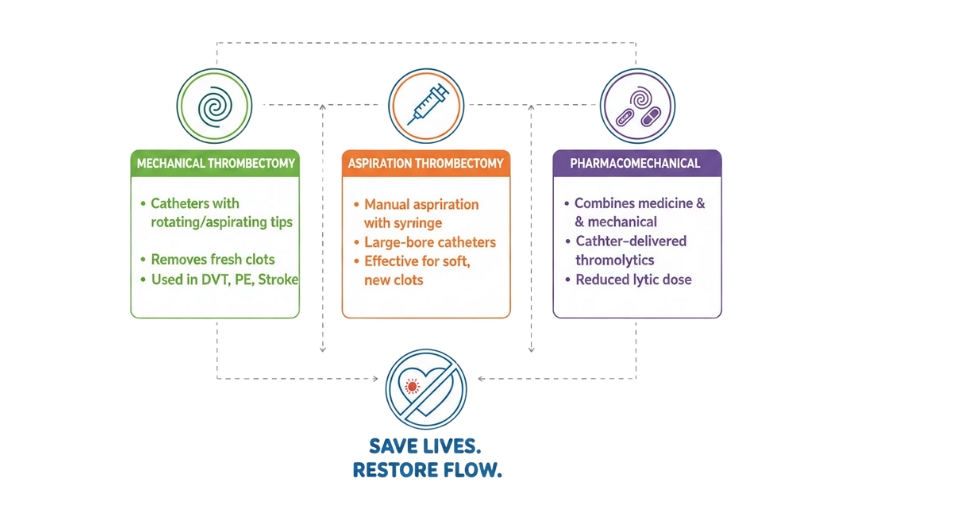
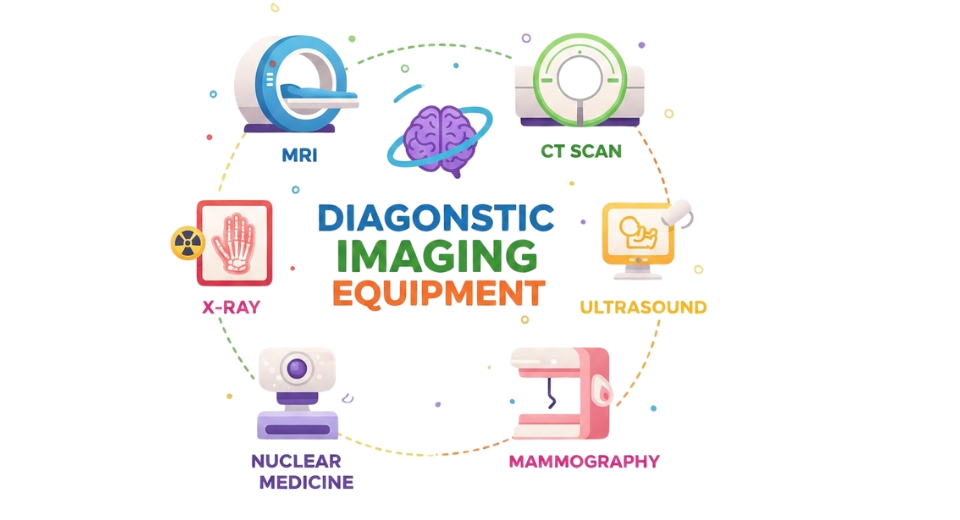

 US: +1 3023308252
US: +1 3023308252






